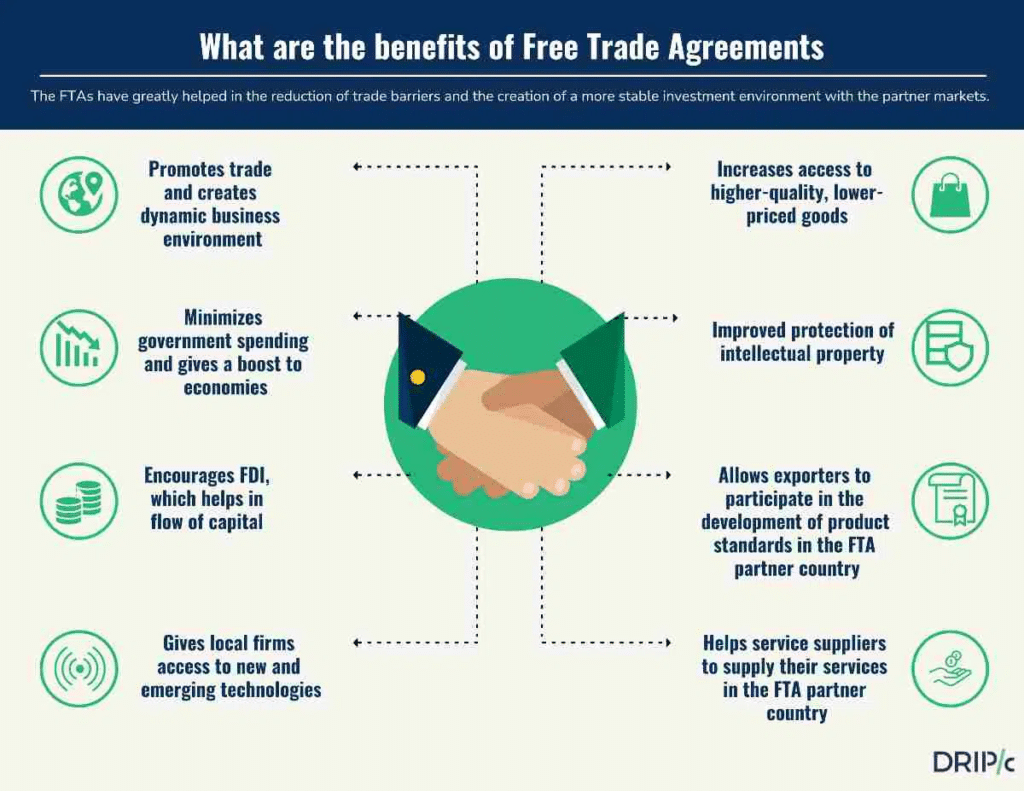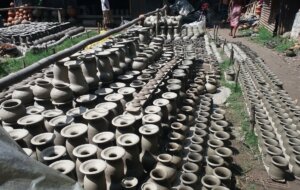Why are we shy of signing FTAs?

Free trade agreements (FTA) are made between countries to lower trade barriers through little to zero government tariffs or subsidies and other means.
Most countries sign multilateral FTAs to increase regional trade such as the North American Free Trade Agreement (Nafta), the world’s largest free trade bloc, where commerce among Canada, Mexico and the United States tripled in 2017.
Bangladesh is economically at a stage where it needs foreign direct investments (FDI) to create more jobs and set up infrastructure for sustainable development, which can be accelerated by FTAs.
So, what is stopping Bangladesh from entering into such deals? Bangladesh, along with Saarc countries, signed the South Asian Free Trade Agreement in 2006. Even though there are special provisions in the treaty to support the growth of least-developed countries (LDCs) like Bangladesh, concerns have been raised about the effectiveness of those provisions.
One apparent flaw is its incapability of addressing, and consequently tackling, the extensive negative list maintained by India. This includes Bangladesh’s major exports such as RMGs and chemicals. Subsequently, the Safta failed to deliver on its promises of accessible trading and higher gains, becoming ineffective as an agreement.
After such a tainted start to multilateral FTAs, Bangladesh is no doubt shying away from future agreements, encouraged to support local entrepreneurs in market diversification. But allured by the benefits of accessing new markets, Bangladesh entered into a preferential trade agreement (PTA) with Bhutan in 2020.
For successful FTAs that bring true economic growth, we need FTAs with economic powerhouses such as India and China, but bureaucratic entanglements and geopolitics tend to get in the way.
Though our prime minister mentioned possible FTAs with 11 countries, as of today, we do not have an FTA with any country. It is being discussed that some policymakers are averse to the idea of FTAs. Tariff commission people often make the plea of revenue loss due to FTAs. Many analysts felt high tariff in Bangladesh is also a barrier to signing FTAs with partner countries.
To me, it seems that FTA is the logical way to go forward in increasing investment in a country.
Bangladesh’s average nominal tariffs are higher than in low-income, middle-income and high-income countries, as well as most of its competitors. This impacts adversely the process of export diversification.
It does not make sense to create higher tariff barriers and import duties. I believe the average rate of tariffs can be brought down. The so-called revenue loss argument can be more than offset by progressively taxing the wealthy segment and people in the higher income bracket.
More people must be brought under the taxable income fold. Our tax-to-GDP ratio is still low compared to other countries. Domestic savings also need to be increased.
While negotiating FTAs, we have to protect our interests in the sectors where there is high export potential. One should follow a sector-by-sector approach. Expertise, experience and competence are needed, and recommendations should be taken from all stakeholders.
Bangladesh is set to graduate from the LDC group and become a developing country by the end of 2026. So, we must prepare accordingly as we will lose some of the benefits given to LDCs. Negotiating skills in concluding agreements are vital to deriving maximum benefits.





